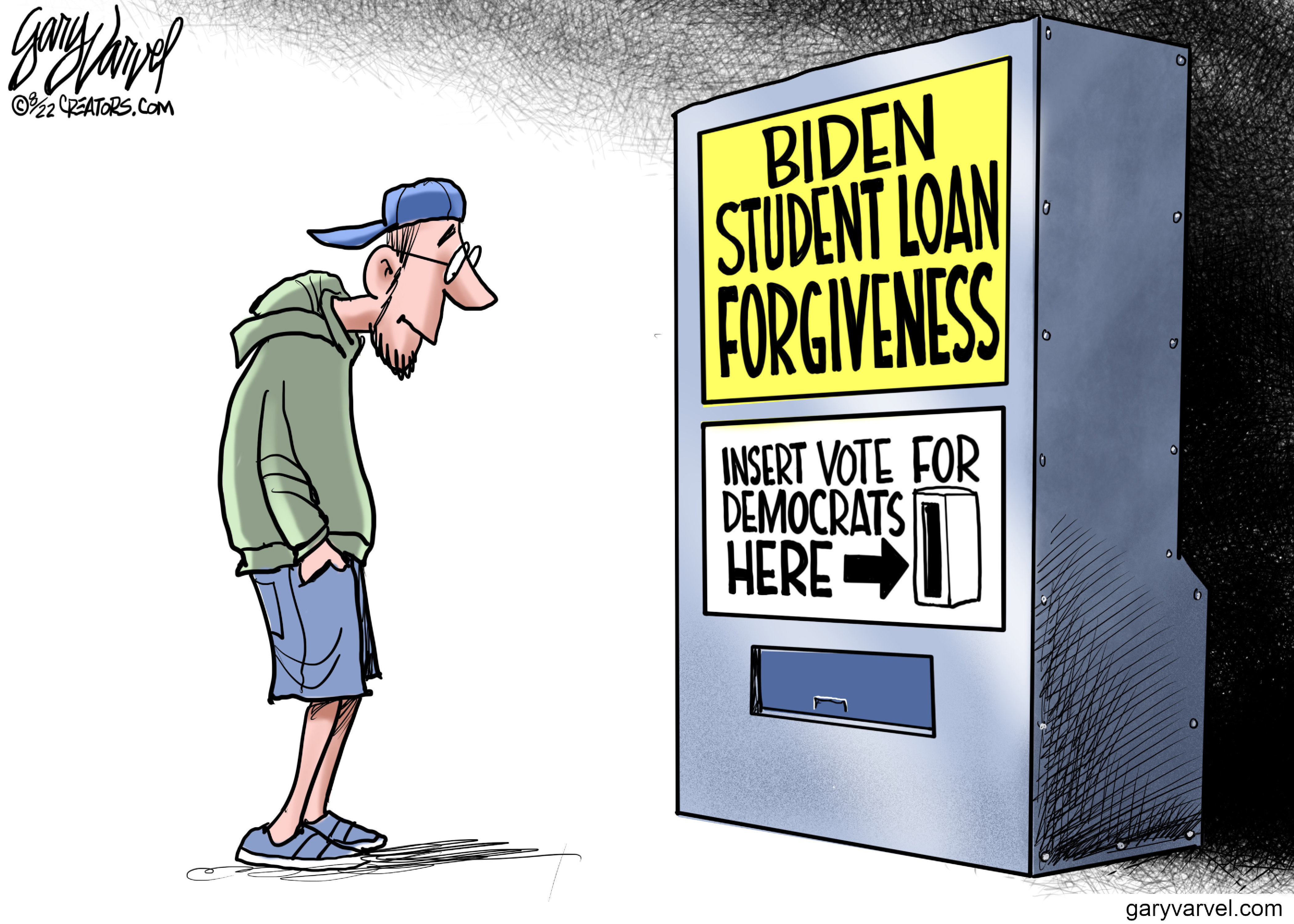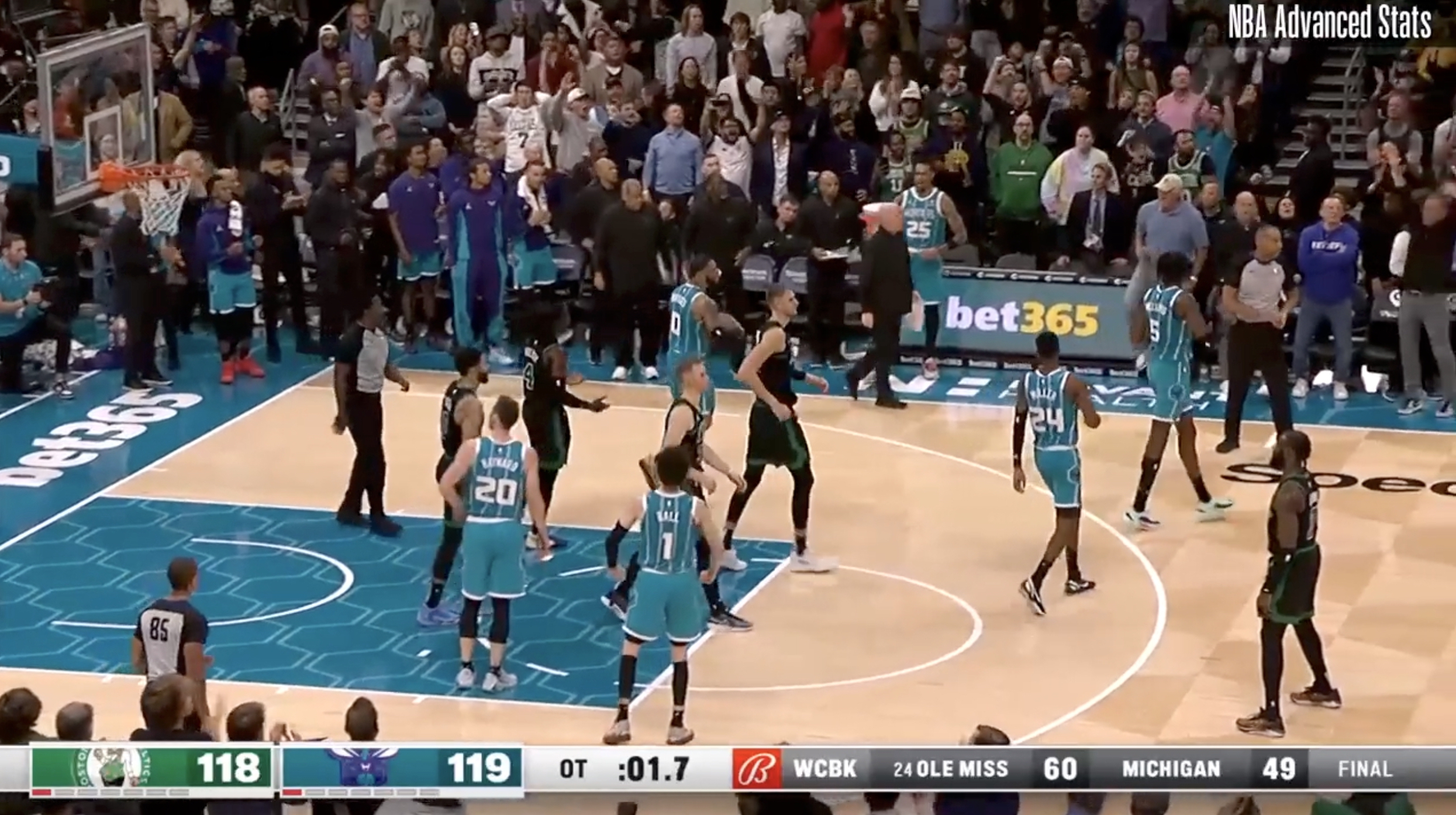Privatizing Federal Student Loans: A Look At Trump's Potential Plan

Table of Contents
<p>The potential privatization of federal student loans under a Trump administration (and similar proposals considered by other administrations) ignited considerable debate. This article explores the key aspects of such a plan, examining its potential benefits, drawbacks, and implications for students and the broader economy. We'll delve into the specifics of proposed changes, analyzing their potential impact on student debt, interest rates, and overall access to higher education.</p>
<h2>Potential Benefits of Privatizing Federal Student Loans</h2>
<p>Proponents of privatizing federal student loans point to several potential advantages. The core argument centers around increased efficiency and reduced government involvement in the student loan market. This shift could theoretically lead to a more dynamic and competitive lending landscape.</p>
<ul> <li><strong>Reduced government burden:</strong> Shifting the responsibility of student loan disbursement and management to the private sector could free up significant government resources. These resources could then be allocated to other crucial areas like infrastructure development or healthcare.</li> <li><strong>Increased efficiency and innovation:</strong> Private lenders, driven by market forces, might introduce more streamlined lending processes and innovative loan products tailored to diverse student needs. This could potentially improve the borrower experience and reduce administrative costs.</li> <li><strong>Market competition driving down costs:</strong> A competitive private lending market could theoretically lead to lower interest rates for borrowers. Increased competition among lenders would force them to offer more attractive terms to attract clients.</li> <li><strong>Tailored loan programs:</strong> Private lenders may be better positioned to offer customized repayment plans, potentially including income-based repayment options or flexible deferment periods, catering to individual borrower circumstances.</li> </ul>
<h2>Potential Drawbacks of Privatizing Federal Student Loans</h2>
<p>Despite the potential upsides, privatizing federal student loans carries substantial risks. The primary concerns revolve around the potential for increased costs, reduced access to loans for vulnerable populations, and a lack of consumer protections.</p>
<ul> <li><strong>Higher interest rates:</strong> Private lenders operate on profit margins, and compared to government-backed loans with subsidized interest rates, private loans often carry significantly higher interest rates. This would dramatically increase the overall cost of education for many students.</li> <li><strong>Predatory lending practices:</strong> Without robust government regulation, the risk of predatory lending practices targeting vulnerable students increases. This could lead to students taking on loans with exploitative terms they don't fully understand.</li> <li><strong>Reduced access to loans for low-income students:</strong> Private lenders prioritize creditworthiness. Low-income students with limited credit history might face significant hurdles in securing loans, potentially restricting their access to higher education.</li> <li><strong>Increased student debt burden:</strong> The combination of higher interest rates and potentially less favorable repayment terms could lead to a substantial increase in student debt burden, impacting borrowers for years after graduation.</li> <li><strong>Lack of consumer protections:</strong> Federal student loans provide borrowers with significant consumer protections, including repayment plans and protections against default. Private loans often offer fewer such protections, leaving borrowers more vulnerable.</li> </ul>
<h2>Comparing Federal vs. Private Student Loans</h2>
<p>Understanding the differences between federal and private student loans is crucial in evaluating the potential consequences of privatization. Federal loans typically offer lower interest rates, more flexible repayment options, and robust borrower protections. Private loans, on the other hand, are subject to market forces and may be less accessible to certain populations.</p>
<ul> <li><strong>Interest Rates:</strong> Federal student loans generally have lower, often subsidized, interest rates compared to private loans, which fluctuate based on market conditions and borrower creditworthiness.</li> <li><strong>Repayment Options:</strong> Federal loans offer various repayment plans, including income-driven repayment, which adjusts payments based on income. Private loan repayment options are often less flexible.</li> <li><strong>Loan Forgiveness Programs:</strong> Federal loan programs often include forgiveness options for borrowers working in public service or specific fields. Private loans rarely offer such benefits.</li> <li><strong>Default Rates:</strong> While default rates vary, federal loan programs often have mechanisms to help borrowers avoid default. Private loans may have stricter penalties for default.</li> </ul>
<h3>The Role of Government Regulation in a Privatized System</h3>
<p>Even with privatization, a strong regulatory framework is essential. This framework must ensure fair access to education financing and protect students from predatory lending. Without effective government oversight, the risks outlined above would be significantly amplified.</p>
<ul> <li><strong>Student loan regulation:</strong> Strict regulations are needed to prevent excessive interest rates and other unfair lending practices.</li> <li><strong>Consumer protection:</strong> Clear and enforceable consumer protection laws are necessary to safeguard borrowers' rights and prevent exploitation.</li> <li><strong>Financial oversight:</strong> Independent oversight bodies are needed to monitor the lending practices of private institutions and ensure compliance with regulations.</li> <li><strong>Predatory lending prevention:</strong> Proactive measures, such as robust background checks on lenders and transparent lending practices, are crucial to deter predatory lenders.</li> </ul>
<h2>Conclusion</h2>
<p>Privatizing federal student loans presents a complex issue with potential benefits and significant drawbacks. While proponents advocate for increased efficiency and reduced government spending, critics highlight the risks of higher interest rates, predatory lending, and reduced access to higher education for disadvantaged students. The success of any such plan hinges critically on robust government regulation and oversight to ensure a fair and accessible higher education system for all.</p>
<p>Understanding the potential implications of privatizing federal student loans is crucial for students, policymakers, and the public. Continue researching this complex topic and engage in informed discussions to ensure a fair and accessible higher education system. The future of student loan privatization and its impact on federal student loan reform requires careful consideration and robust debate.</p>

Featured Posts
-
 How To Buy An Angel Reese Wnba Jersey This Weekend
May 17, 2025
How To Buy An Angel Reese Wnba Jersey This Weekend
May 17, 2025 -
 Mariners Vs Reds Prediction Picks And Odds For Todays Mlb Game
May 17, 2025
Mariners Vs Reds Prediction Picks And Odds For Todays Mlb Game
May 17, 2025 -
 Finale Barcelone Rune Protiv Alcarasa Ko Ce Pobediti
May 17, 2025
Finale Barcelone Rune Protiv Alcarasa Ko Ce Pobediti
May 17, 2025 -
 Florida School Shootings Lockdown Protocols And Generational Impacts
May 17, 2025
Florida School Shootings Lockdown Protocols And Generational Impacts
May 17, 2025 -
 Nba Referees Admit Error In Final Seconds Of Knicks Vs Pistons Game
May 17, 2025
Nba Referees Admit Error In Final Seconds Of Knicks Vs Pistons Game
May 17, 2025
